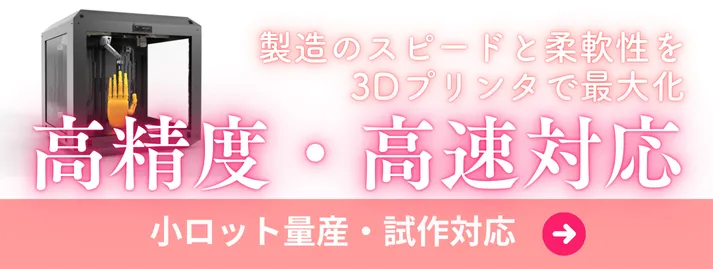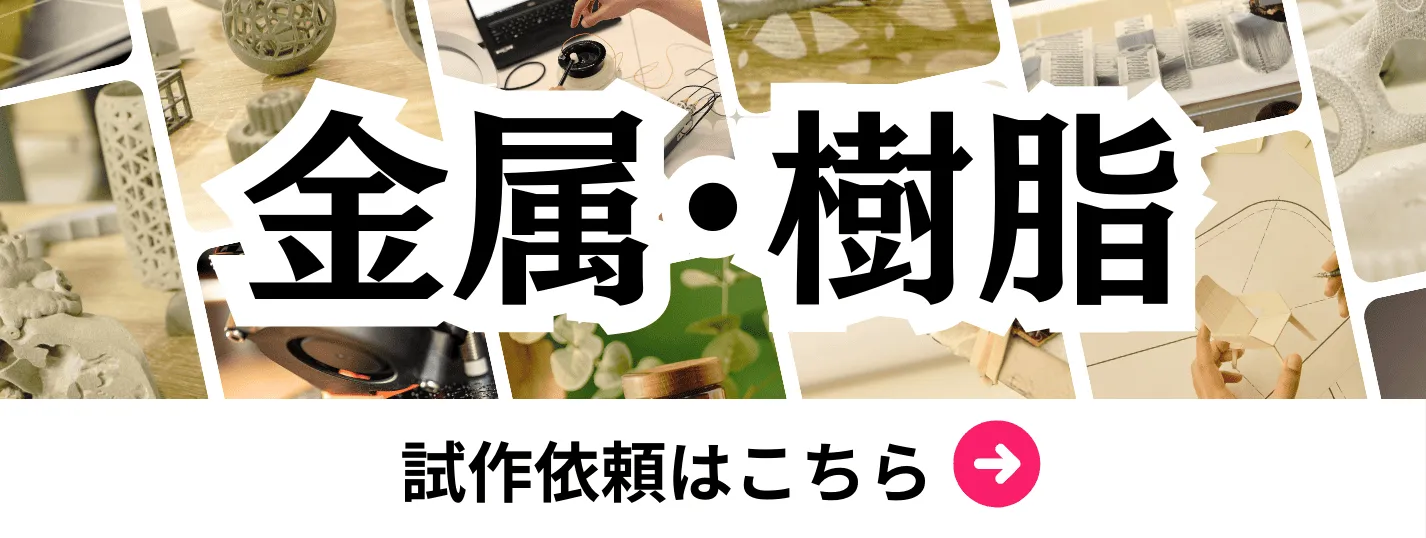- お役立ち記事
- Achieving “super tactility” through collaboration of artificial intelligence and high-performance sensing
月間76,176名の
製造業ご担当者様が閲覧しています*
*2025年3月31日現在のGoogle Analyticsのデータより

Achieving “super tactility” through collaboration of artificial intelligence and high-performance sensing

目次
Understanding Super Tactility
Super tactility refers to the ability to sense touch and texture with extraordinary precision and detail.
This remarkable ability is not innate to humans, who rely on a combination of sensory organs to interpret touch.
Super tactility seeks to enhance this natural ability through the use of advanced technology, enabling machines and systems to perceive touch with a level of detail that exceeds even human capability.
The combination of artificial intelligence (AI) and high-performance sensors is making this possible, transforming industries and offering new solutions to age-old problems.
The Role of Artificial Intelligence
Artificial intelligence plays a crucial role in achieving super tactility by processing and interpreting the vast amounts of data collected through sensors.
AI algorithms can learn from this data to distinguish between different textures, shapes, and materials with precision.
Machine learning models, a subset of AI, can be trained to recognize patterns and improve over time, increasing the accuracy of touch sensing applications.
By collaborating with high-performance sensors, AI can effectively translate physical interactions into actionable data, enabling machines to understand and react to their environment much like human touch.
Advancements in High-Performance Sensing
High-performance sensors are at the forefront of realizing super tactility.
These sensors are designed to detect the minutest of changes in pressure, temperature, and texture.
Recent developments have significantly enhanced the sensitivity and speed of these sensors, making them invaluable in applications where precision is critical.
For instance, in robotics, these sensors enable machines to handle delicate materials without causing damage, mimicking the gentle touch of human hands.
The integration of AI with these sensors allows for a more comprehensive interpretation of data.
It provides machines with a nuanced understanding of touch that was previously unattainable.
This advancement is paving the way for innovations across several domains, especially in healthcare and manufacturing.
Applications in Healthcare
In healthcare, super tactility can revolutionize surgical procedures and patient care.
Surgical robots equipped with AI and advanced sensors can perform operations with unparalleled precision, reducing human error and improving patient outcomes.
These robots can navigate complex anatomical structures with ease, significantly enhancing the safety and efficacy of surgeries.
Furthermore, super tactile systems can assist in rehabilitation by providing precise feedback on a patient’s progress.
This detailed feedback can be used to tailor rehabilitation programs to individual needs, speeding up recovery times and enhancing the effectiveness of treatments.
Impact on Manufacturing
In the manufacturing sector, super tactility can transform production processes.
Machines with enhanced tactile abilities can perform quality checks more thoroughly and efficiently than human inspectors.
This not only increases the speed of production lines but also ensures a consistent level of quality in the finished products.
Furthermore, the ability of machines to handle delicate items with care can reduce waste and damage during production.
This is particularly important in industries such as electronics and pharmaceuticals, where the smallest imperfection can lead to product failure.
Challenges and Ethical Considerations
While the integration of AI and high-performance sensing for super tactility offers immense potential, it also presents certain challenges and ethical considerations.
One major challenge lies in developing algorithms that can accurately interpret complex tactile information without bias.
Ensuring data privacy and security is another concern, as tactile data could potentially be used in ways that compromise user privacy.
Ethically, the deployment of such advanced systems should be guided by regulations that ensure their responsible use.
There must be a balance between innovation and the potential risks such technology can pose to society.
Moreover, as machines become more adept in performing tasks traditionally done by humans, there is a need to address the implications on employment and workforce dynamics.
The Future of Super Tactility
The future of super tactility is promising, with numerous industries poised to benefit from the continued advancements in AI and high-performance sensing.
Research is ongoing to further refine these technologies and expand their applications.
Collaborations between tech companies, researchers, and industry leaders will play a crucial role in driving forward the capabilities of super tactile systems.
As these technologies evolve, they will undoubtedly open up new possibilities in human-machine interaction, leading to innovations that enhance our everyday lives.
By embracing the potential of super tactility, we move closer to a future where machines and humans work in tandem, each complementing the other’s abilities to achieve extraordinary feats.
 資料ダウンロード
資料ダウンロード
QCD管理受発注クラウド「newji」は、受発注部門で必要なQCD管理全てを備えた、現場特化型兼クラウド型の今世紀最高の受発注管理システムとなります。
 ユーザー登録
ユーザー登録
受発注業務の効率化だけでなく、システムを導入することで、コスト削減や製品・資材のステータス可視化のほか、属人化していた受発注情報の共有化による内部不正防止や統制にも役立ちます。
 NEWJI DX
NEWJI DX
製造業に特化したデジタルトランスフォーメーション(DX)の実現を目指す請負開発型のコンサルティングサービスです。AI、iPaaS、および先端の技術を駆使して、製造プロセスの効率化、業務効率化、チームワーク強化、コスト削減、品質向上を実現します。このサービスは、製造業の課題を深く理解し、それに対する最適なデジタルソリューションを提供することで、企業が持続的な成長とイノベーションを達成できるようサポートします。
 製造業ニュース解説
製造業ニュース解説
製造業、主に購買・調達部門にお勤めの方々に向けた情報を配信しております。
新任の方やベテランの方、管理職を対象とした幅広いコンテンツをご用意しております。
 お問い合わせ
お問い合わせ
コストダウンが利益に直結する術だと理解していても、なかなか前に進めることができない状況。そんな時は、newjiのコストダウン自動化機能で大きく利益貢献しよう!
(β版非公開)









